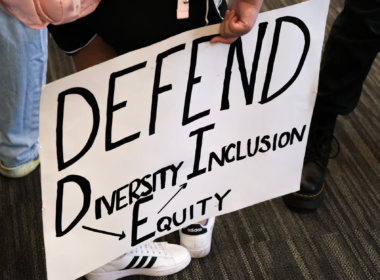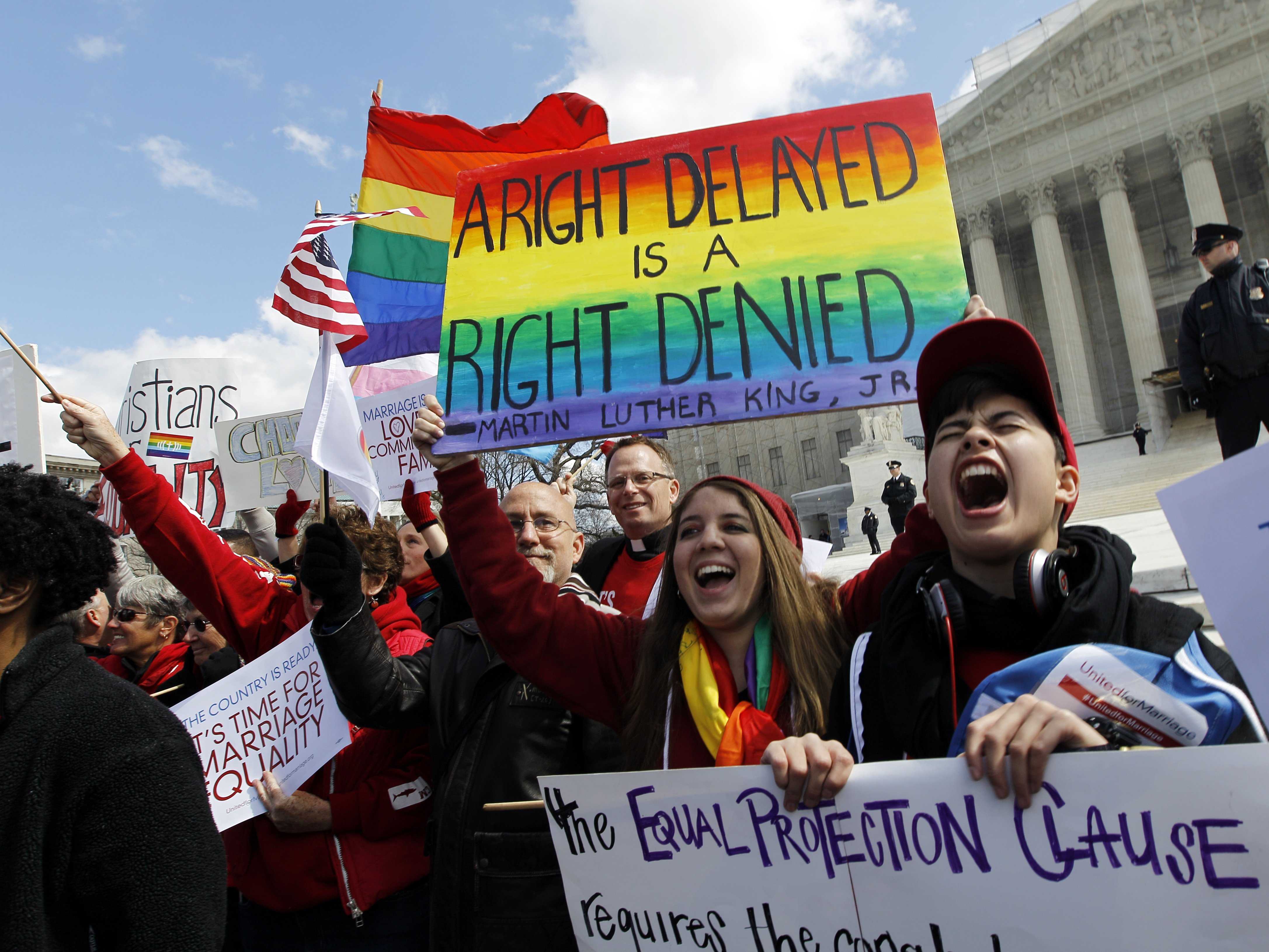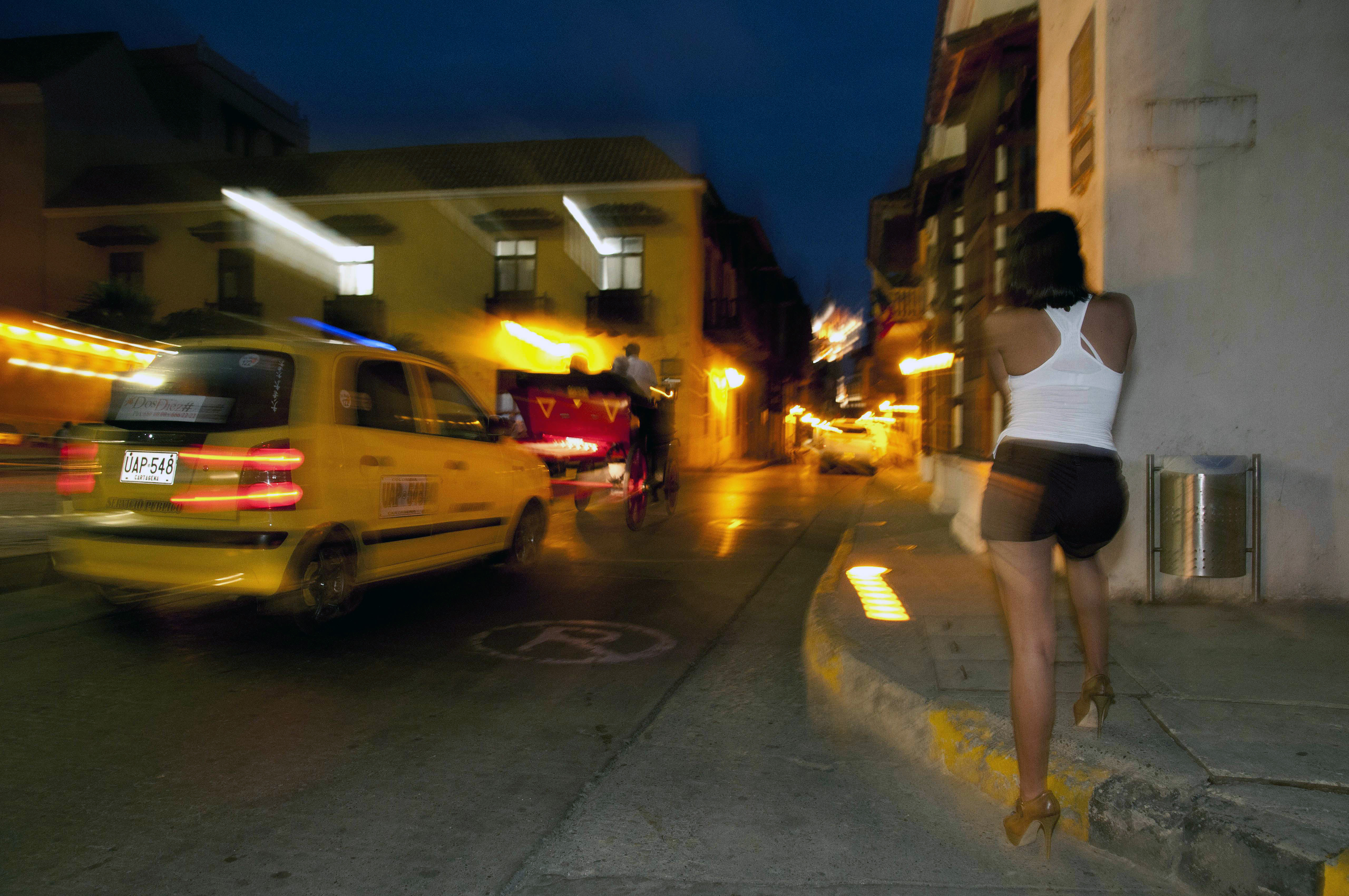“Sixty-one percent of the lesbian, gay, bisexual, and transgender (LGBT) population in the U.S. will continue to live in states with medium or low legal protections — or that have outright hostile laws,” says a press release announcing the report, Mapping LGBT Equality in America, which was released Thursday.
Mapping LGBT Equality in America ranks U.S. states by their LGBT rights policies, rating them as high, low, medium, or negative in regard to equality. The state rankings derive from their policies in a variety of areas, including antidiscrimination law, relationship recognition, health care, parenting rights, and much more. California ranks highest of all states, Louisiana lowest.
Twelve states and the District of Columbia, collectively home to 39 percent of the LGBT population, rank in the high equality category; 10 states, with 9 percent of LGBT Americans, medium equality; 13 states, encompassing 23 percent of LGBT people, low equality; and 15 states, with 28 percent of LGBT Americans, negative equality.
The report notes that even if the Supreme Court makes marriage equality the law of the land when it rules on the cases it heard in April, 52 percent of LGBT people would be at risk of being fired from their jobs, kicked out of their homes, or denied access to doctor’s offices and restaurants; 86 percent would live in states where their child is not protected from discrimination in school for having LGBT parents; and 81 percent would live in states that allow harmful “conversion therapy” to be used on minors.
The proportion of LGBT people living in states with high and medium overall equality would remain unchanged, but 12 states would shift from negative equality states to become low equality states.
“Without question, a victory at the Supreme Court would be a transformative in helping advance equality for LGBT people,” said MAP executive director Ineke Mushovic in the press release. “However, many other laws are needed to fully protect LGBT people and their families. For example, while same-sex couples may soon be able to marry in their home state, that same state’s laws may fail to protect LGBT youth from being bullied in schools, lack nondiscrimination laws covering LGBT workers, or lack laws and policies that help transgender people update the gender marker on their identity documents. One state may have high equality while a neighboring state has hostile laws. Or a state may have high levels of equality for gay, lesbian, and bisexual people while offering almost no legal protections to transgender people.”
See some of the report’s findings in the infographics below, and read the full report at MAP’s website, which also offers continually updated information on individual states’ LGBT policies.












